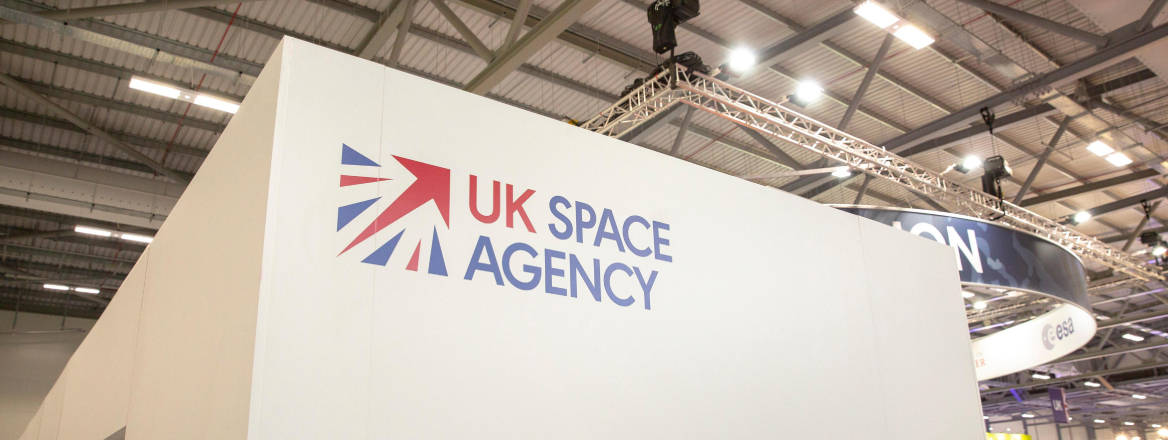Failure to Lift Off: The UK’s Space Launch Ambitions
Creating an indigenous space launch capability is considered by many to be a key aspect of the UK’s space ambitions. Yet there are questions as to whether current plans recognise the challenges ahead.
Although an early entrant into space activity, the UK has never had an indigenous launch capability. The launch of the UK’s first satellite, Ariel 1, on board an American rocket in 1962, made it only the third country after the US and Soviet Union to operate a satellite. This was followed by the Black Arrow, a British satellite-carrier rocket, launched four times from Australian soil. Since the cancelation of the programme in 1971, however, the UK has had to rely on various partners to launch its satellites into orbit.
Expanding Indigenous Launch Capabilities
Yet there is evidence that this may be changing, and soon. Recent years have seen increasing support for launch sites in the UK. In 2017, then Science Minister Jo Johnson supported a £10 million scheme to incentivise the commercial space launch market. Plans for spaceports in Scotland, with sites including Sutherland and the Shetland Islands, have gathered steam, leading Prime Minister Boris Johnson to announce his ambition for a launch in 2022. Similarly, Spaceport Cornwall received a boost when Virgin Orbit, a commercial company based in the US, announced it planned to support the site in Newquay. These moves towards indigenous launch sites go hand in hand with other initiatives to grow the UK’s space industry, such as the plan set out in the 2009 ‘Space Innovation and Growth Strategy' to capture 10% of the global space market by 2030, of which launch capabilities could be a significant part.
Part of the rationale for pursuing this capability is that it is seen as necessary for the UK, if it is to aspire to a role as a leading space power. Given its size and budgetary restraints, the UK will never be able to compete with the major space powers – the US, Russia and China – in terms of the number of space assets and the capabilities they provide. It must then look to other ways to increase, and then maintain, its international standing as a medium-tier space power. Alongside its role in the diplomatic elements of space security, such as multilateral discussions regarding arms control, in particular the UK-led initiative to establish norms of responsible behaviour, a national launch programme, carried out on British soil, is seen as one method of increasing the UK’s influence. The only current launch programme in Europe, that of the European Space Agency (ESA), is carried out in South America. A successful programme established on European soil may provide additional esteem to the UK, introducing the question of whether this is more about reputation rather than any capabilities gained.
Broader Developments and Technical Constraints
With other recent developments in UK space, including a soon-to-be established UK Space Command and a National Space Council, it would seem that a UK launch programme is a natural addition, complementing other plans and adding weight to the UK’s broader ambitions. Yet as with all big programmes, particularly those with large budgets attached, there are a number of considerations that must be assessed.
One of those is the geographical location of the sites being considered. When it comes to launching objects into space, not all sites are equal. There is a reason why well-known and long-used sites are located close to the Equator, such as Cape Canaveral. The closer to the Equator a rocket is launched from, the greater the boost it gets from the Earth’s rotation. That is also the reason why the ESA chose French Guinea, and why China has built a new site on its southern island of Hainan. This is particularly important for heavy payloads and for those intended for medium-Earth and geostationary orbits. A launch site from a northern latitude, developed only to host rockets up to a certain size, is limited in terms of the missions it can support, and would likely focus on small satellites and those intended for polar and sun-synchronous orbits.
This leads to the second challenge, namely the anticipated customer base. Not all potential users of a British launch capability will be developing missions intended for these orbits, and some may require rockets that can support heavier payloads.
Despite an apparent move globally towards smaller satellites and mega-constellations in low-Earth orbit, there will still be demand for more traditional launch platforms. This may particularly be the case for military and national security missions. There is, therefore, no guarantee that all British satellite operators will want to use these sites, and may also not appreciate any government pressure to do so.
UK-based launch operators will also need to compete with more established commercial providers, such as SpaceX, an American aerospace manufacturer and space transportation services company, and the Indian Space Research Organisation, both of which have successfully launched over 100 small satellites on a single rocket.
Look to Others
It is useful to assess and learn from the experiences of more advanced launch programmes. For example, Arianespace, whose Ariane and Vega rockets form the backbone of European launch programmes, has been beset by cost overruns as it struggles to keep pace in the new market. SpaceX, has drastically decreased costs with its ability to reuse rockets, leading others to need to adapt to keep a share of customers. Even established launch providers are struggling to keep up. An assessment of the landscape of future customers and rivals is necessary to be able to act in this changing environment.
This is not to say that the UK should not continue to pursue an indigenous launch capability. Having this capability could increase the UK’s international standing and contribute economically through the support of the space industrial sector. Yet it must be considered within the wider ecosystem of UK and partner space activity. Simply building a launch site and having available rockets does not automatically lead to a successful launch programme.
The long-term economic impacts of the coronavirus pandemic on the UK economy and space sector also increases uncertainties about potential users. It is unclear whether those involved in the development of UK launch programmes fully understand the nuances of the argument, the nature of the competition and the changed market environment. Rather than simply continue on as before, a full assessment of what the future of launch will look like, and what role the UK may play within this, is required.
The views expressed in this Commentary are the author's, and do not represent those of RUSI or any other institution.
BANNER IMAGE: Courtesy of Shaun Jackson / Alamy Stock Photo
WRITTEN BY
Ali Stickings
Business Manager for Defence Space at Frazer-Nash Consultancy


